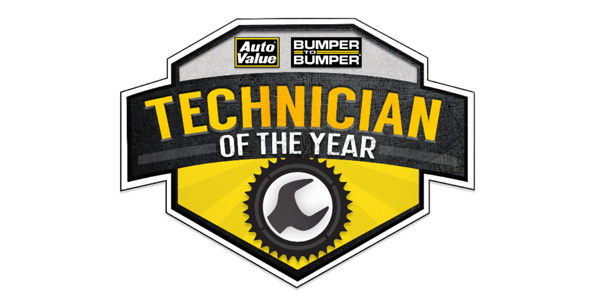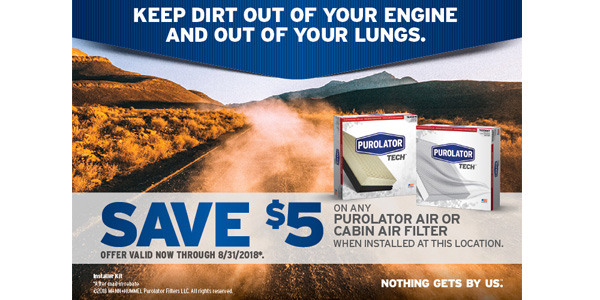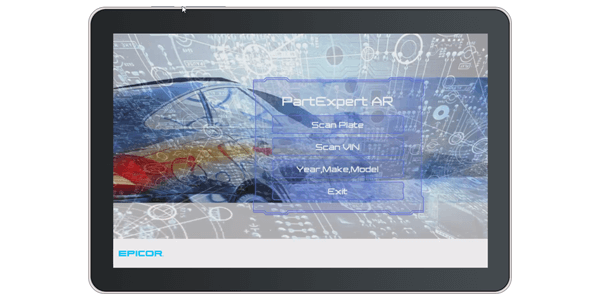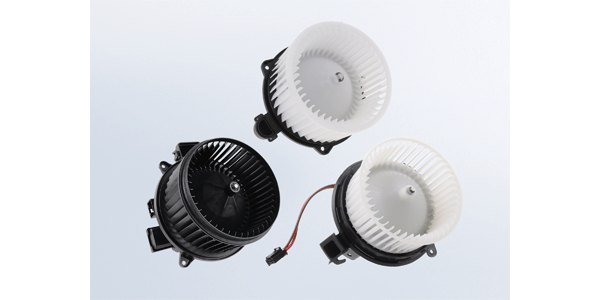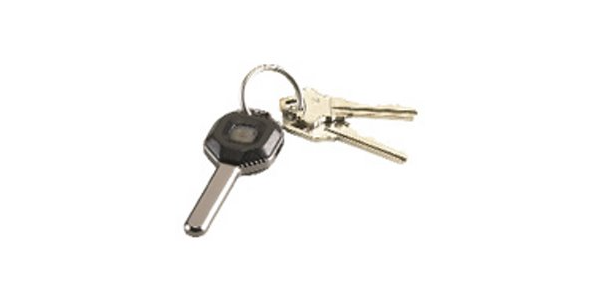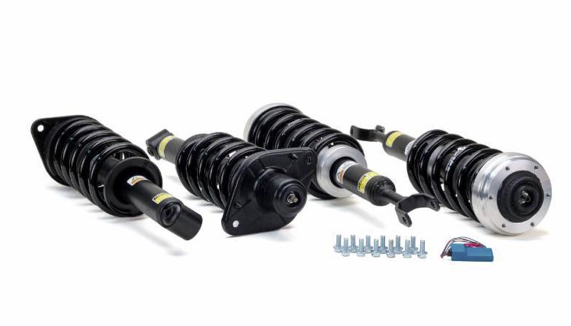Read up on essential products in our annual technical sales seminar section. We review 12 products you need to know better to move products.
Brakes
Fuel Pumps
Gaskets
Batteries
Wipers
Catalytic Converters
Shocks
Engine Management
Lighting
Belts and Hoses
Oxygen Sensors
Antifreeze
Most motorists don’t replace belts or hoses for preventive maintenance anymore because belts and hoses last much longer these days. Improved materials such as EPDM have eliminated the need to replace things like timing belts and serpentine belts at low mileages. Belts made of EPDM can typically go 100,000 miles or more — unless there’s a problem that causes a belt to wear or fail prematurely.
Pulley misalignment can place side loads on serpentine belts that, over time, cause wear and slippage. An automatic belt tensioner that is not maintaining proper belt tension can also cause slippage, noise and wear. Once a belt has become glazed or worn, it needs to be replaced.
Belts made of EPDM do not crack and become brittle as they age like older belts made of synthetic and natural rubbers. So it’s difficult to judge the true condition of the belt by its appearance alone. Several belt suppliers now have special tools for checking wear in the belt grooves.
The automatic tensioner is a critical part of the belt drive system. It should always be inspected when a serpentine belt is replaced or when a belt is experiencing any kind of problem such as slipping, coming off the pulleys, rapid wear, glazing or squealing. Replace the tensioner if the unit cannot maintain proper belt tension, is sticking, severely corroded or is making noise.
One way to detect a weak tensioner is to watch for belt flutter or vibration when revving the engine. A good tensioner should keep the belt taught, while a weak tensioner may allow the belt to slip and vibrate excessively, or squeal.
On applications that do not have an automatic tensioner (which also includes older vehicles with V-belts), belt tension is maintained by manual adjustment. Tension should be set to specifications using a belt tension gauge.
On some late model vehicles, a “StretchFit” flat belt is used to drive an engine accessory. The belts are self-tensioning and do not have any manual adjustments or a belt tensioner. Installing one of these belts requires routing the belt around the pulleys, then stretching it over the crankshaft pulley with a special tool.
Timing belts are another type of belt that often require replacing. Prior to the 1990s, the recommended replacement interval for most timing belts was 60,000 miles. When timing belts switched to EPDM, the replacement interval was increased to 100,000 to 125,000 miles on most applications.
The timing belt is a critical component because it drives the camshaft and valvetrain. It carries much higher loads than a serpentine belt, so wear on the cogs and pulleys may result in the belt jumping time. If the cords inside the belt have become weakened with age, the belt may snap. This can result in expensive valve and cylinder head damage in “interference” engines where there is not enough clearance between the pistons and valves to prevent a collision if the cam stops turning.
Like belts, coolant hoses on late model vehicles also are made of improved materials that have a longer service life. Radiator or heater hoses that are hard, brittle, cracked, bulging or leaking need to be replaced.
Most fuel hose today is made of multilayer reinforced neoprene, and is designed to handle EFI operating pressures up to 80 PSI or higher. Low-pressure fuel hose for older carbureted engine applications should never be used with EFI.
Over time, fuel hoses can age and become brittle. The increased risk of fuel leakage creates a potential fire hazard, so recommend new fuel hose when a customer is replacing a fuel pump or other major fuel system components in older, high-mileage vehicles.
It’s also important to make sure other types of hose are never used for fuel lines. Hoses made of materials specially formulated to withstand oil vapors (such as PCV hose or vacuum hose) should never be used for fuel lines. These are low-pressure hoses that cannot take high pressures. Vacuum hose may also not withstand the chemical attack of liquid gasoline or alcohol.




